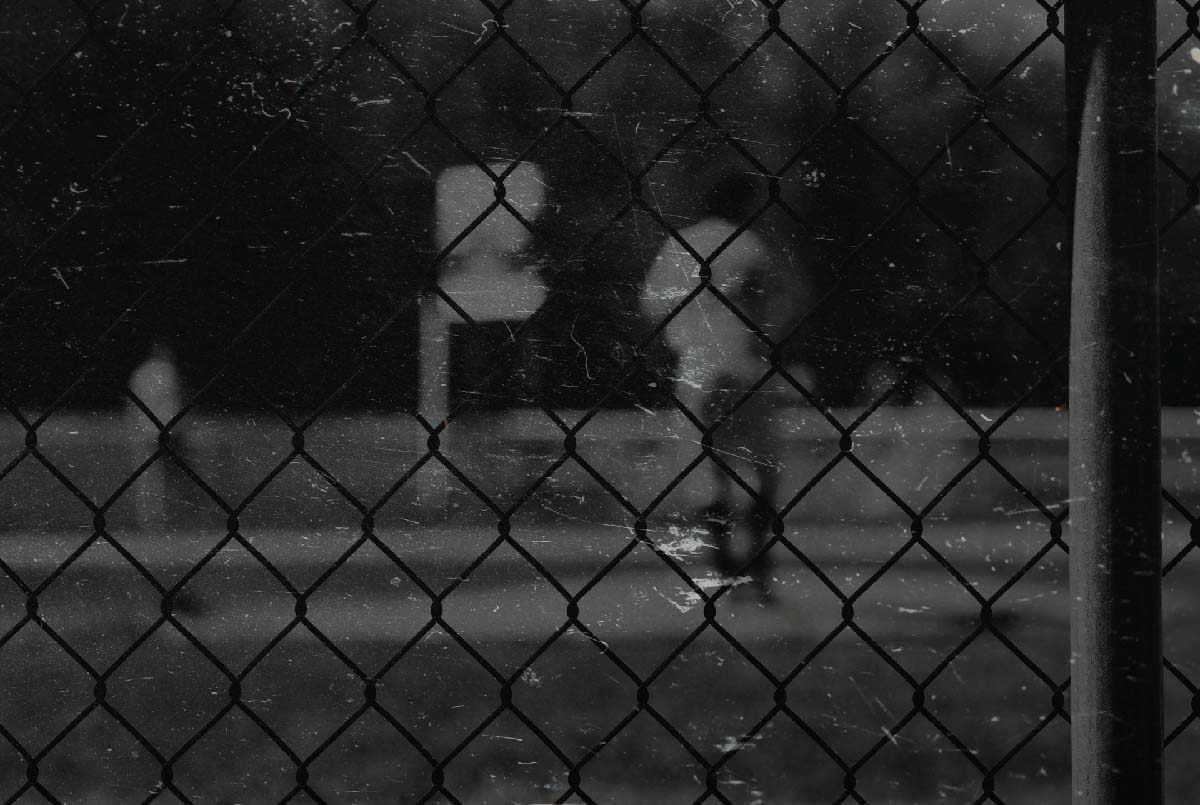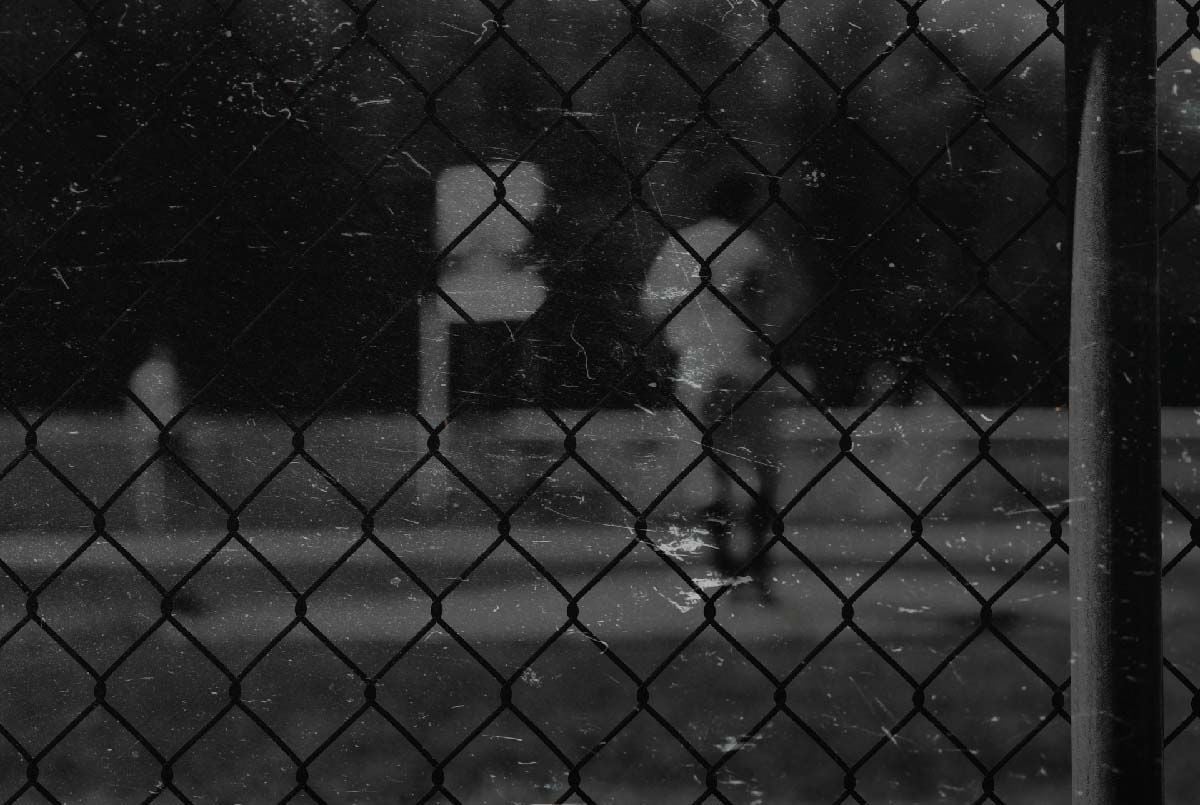Should Youth Baseball Players Use Pine Tar On Their Bats?

Have you ever seen professional baseball players with a brown, sticky substance on their bats or helmets and wondered what it is?
If you’re a bit more knowledgeable about baseball then you probably know that sticky stuff to be pine tar.
You might even remember the infamous Pine Tar Game of 1983.
But why do elite baseball players smear pine tar on their bats or helmets? And should your young slugger do so as well?
Let’s dive headfirst into answering these questions and more.
What is Pine Tar?
Pine tar is a sticky material produced from the wood of a – you guessed it – pine tree.
Manufacturers decompose the pine wood by applying heat and pressure in a closed container such as a kiln.
Pine tar has been used for centuries as a wood preservative, keeping wooden boats and outdoor furniture safe from the elements.
Its use originated in Sweden, but it was exported to North America in the 18th century. It became a popular product and export in the United States thanks to its abundance of pine forests.

As we teased earlier, pine tar most famously came into the public spotlight during the so-called Pine Tar Game in 1983.
Pine Tar Game Story
In a game between the New York Yankees and the Kansas City Royals at Yankee Stadium, George Brett had smeared pine tar on his bat before he hit a game-winning home run.
But Yankees manager, Billy Martin, spotted the amount of pine tar and requested that the umpires take a look at Brett’s bat.
The umpires eventually ruled that the amount on the bat exceeded the 18-inch limit, before taking away Brett's home run, and pronouncing him out.
As Brett was the third out in the ninth inning and the home team had the lead, the game ended with Royals losing instantly. Brett and the Royals exploded with emotion and frustration in dramatic fashion at this call.
The Royals organization protested the call to Major League Baseball itself.
Ultimately, MLB later determined that the umpire cannot retroactively call a hitter out for too much pine tar on a baseball bat if the bat has already been used in the game.
If you like learning about our game’s past, don’t miss our piece on the history of pine tar in baseball – which includes all the other incidents it's caused over the years.

Why Do Baseball Players Put Pine Tar on the Middle of Their Bats?
Baseball players smear pine tar on their bats to help improve the grip during their swing.
Some also believe that sticky substance can allow players to relax their forearms a bit more, as they don’t need to consciously grip the bat as much, which may help foster quicker and smoother reactions to various pitches and locations.
But the smart-aleck answer is that it is legal to do so.
According to Rule 3.02(c) of the official MLB regulations, players are allowed to cover or treat the bat with “any material or substance to improve the grip” as long as it’s not more than 18 inches. Pine tar is, therefore, legally allowed for hitters.
For pitchers, on the other hand, pine tar is illegal.
Rule 3.01 prohibits any player from discoloring or damaging the ball “by rubbing it with soil, rosin, paraffin, licorice, sand-paper, emery-paper or other foreign substance.”
And Rule 8.02(b) prohibits the pitcher from attaching any foreign substance to either hand, any finger, or either wrist.
More recently these rules for pitchers have been updated and Major League Baseball began enforcing them like never before.
Rule 6.02(c), is an expansion of Rule 3.01. It states that a pitcher may not "apply a foreign substance of any kind to the ball;" "deface the ball in any manner;'' throw a shine ball, spit ball, mud ball, or emery ball; "have on his person, or in his possession, any foreign substance;" or "attach anything to his hand, any finger or either wrist (e.g., Band-Aid, tape, Super Glue, bracelet, etc.)."
Today, MLB wants to level the playing field in the arms race between pitchers and batters.
This increased enforcement features:
- "Periodic" substance checks during games for both starters and relievers.
- A single mandatory check of starting pitchers per game.
- Spot checks any time a ball feels "unusually sticky" or when an umpire observes a pitcher going to his glove, hat, belt or any other part of his uniform or body to get to an outside substance.
- Subjecting catchers to inspections as well.

How Pine Tar Is Used
The use of pine tar is limited to batting in baseball, then. It can be smeared onto wooden bats, but some players put it on their helmets as well.
There are a few ways to use pine tar, which are covered in this video from YouGoProBaseball.
The three most common ways to apply pine tar to your baseball bat are:
1. Put the pine tar directly on the handle of your wooden bat. Some demarcate the properly-sized tar zone with painter’s tape. After painting on the pine tar you just need to coat it with a bag of rosin.
2. Apply a pine tar and rosin solution on a rag and spread it evenly. Then, roll the handle of your bat in the rag.
3. Roll pine tar on your bat with a pine tar stick.
Some players put pine tar on their helmets intentionally, to grab some extra grip for their bat when they’re at the plate.
For others, a pine-tarred helmet is just a consequence of using the stuff – it gets everywhere.
If you’re using pine tar for methods 1 or 2 above, a well-known brand worth looking into is Tyrus pine tar. They produce pine tar, rosin, and other baseball bat products.
For option 3, Tiger Stick, Pelican Pine Stick, and Manny Mota Grip Stick are solid choices to consider.

Should Your Youth Baseball Player Put Pine Tar on His Bat?
Young players often try to emulate what they see the pros doing – usually without knowing if it’s good or bad for them.
Pine tar is only one option for your kid when it comes to improving their bat grip.
You should encourage your slugger to explore all his options before deciding to go with pine tar.
Some alternatives to pine tar include:
- Batting gloves – many feature no-slip fabric so your player’s grip on the bat stays as tight as with pine tar
- Bat wax – bat wax performs more consistently than traditional pine tar, which can melt in warm temperatures or lose its stickiness in cold temperatures
- Bat grips – applied on the bat like tape, bat grips can also help improve tackiness
Ultimately, what your youth baseball player uses on his wooden bat comes down to personal preference.
Some players use tape, others use bat grips, and others use a combination of pine tar and tape.
Ultimately, it’ll be a process of trial and error for your ballplayer to determine what he likes best.
Unlock your ballplayer’s full potential
Find the perfect vetted coach to build a solid foundation or take your player's skills to new heights.
Download the free app

About the Author
Courtney Withrow
Professional Writer
Originally from the U.S., Courtney is a Brussels-based freelance writer with a Master’s degree in International Relations. She grew up playing softball and still loves the game.
